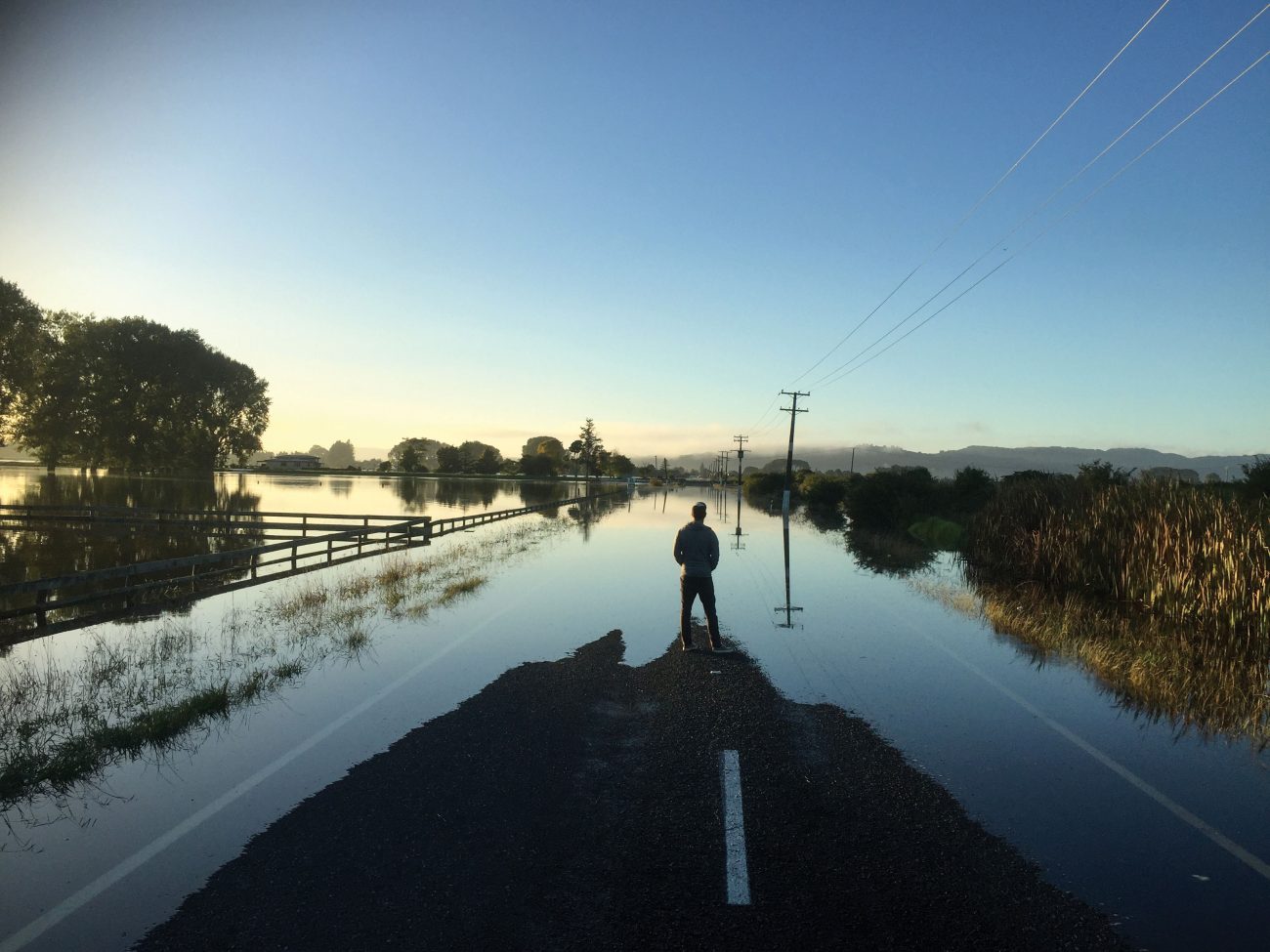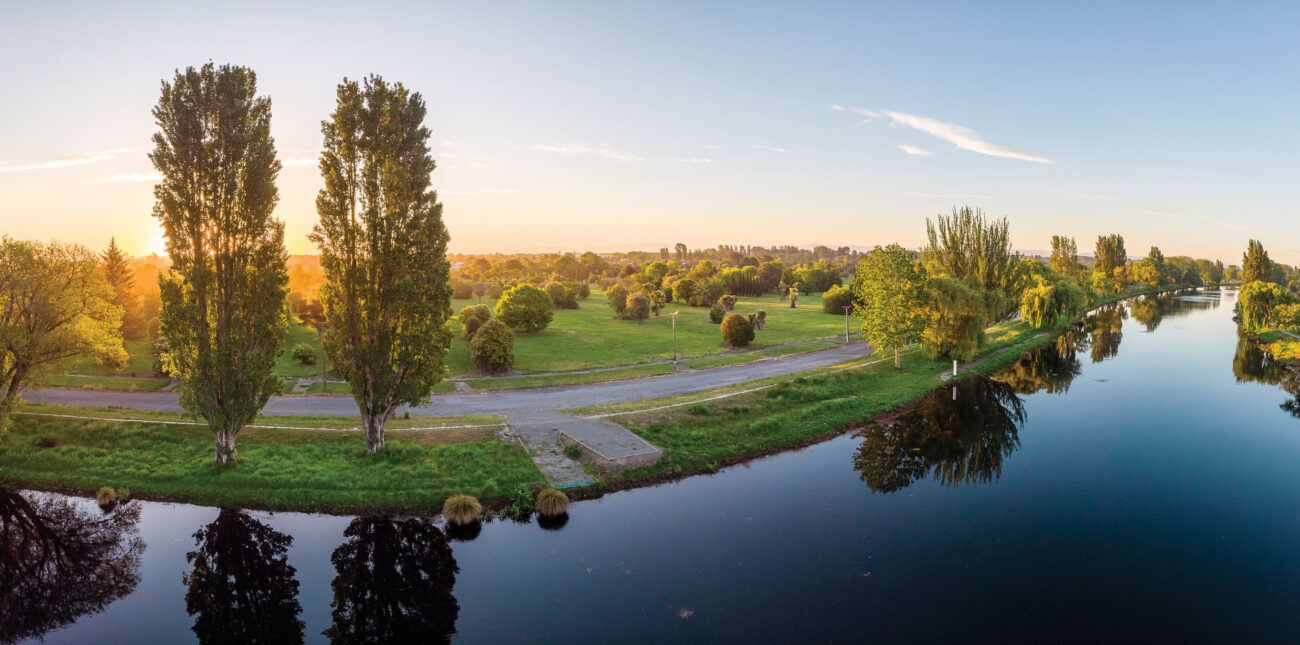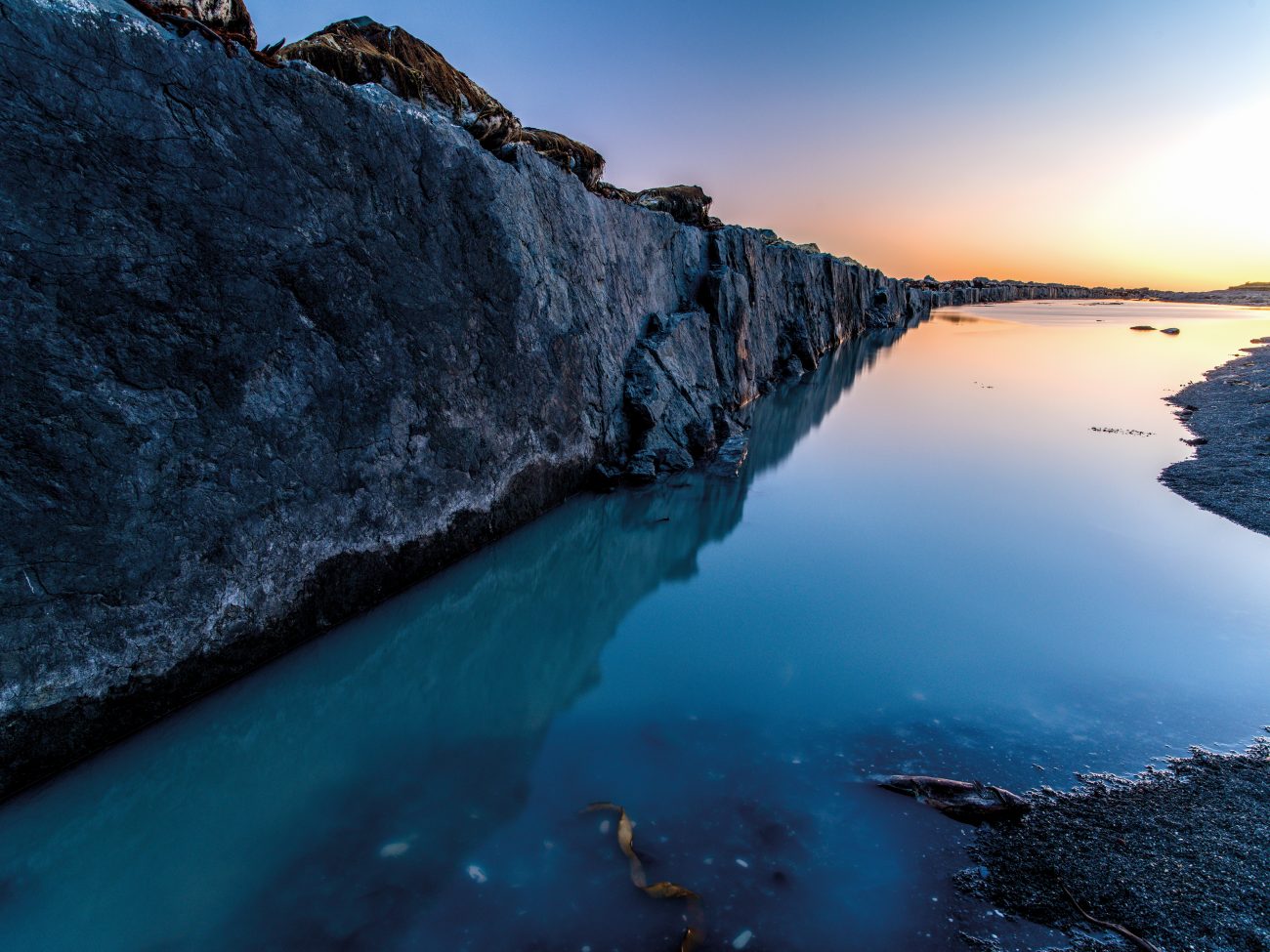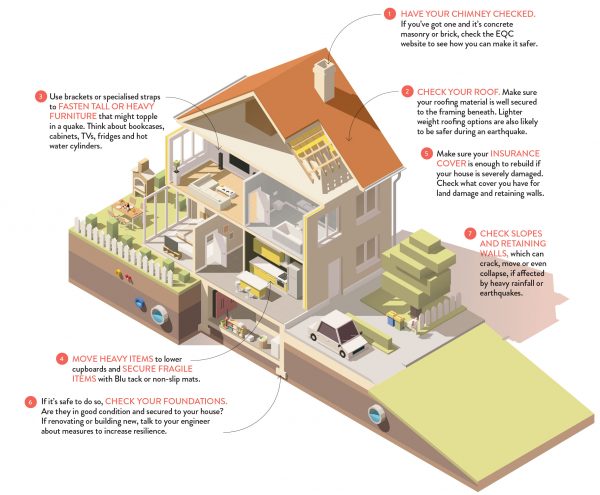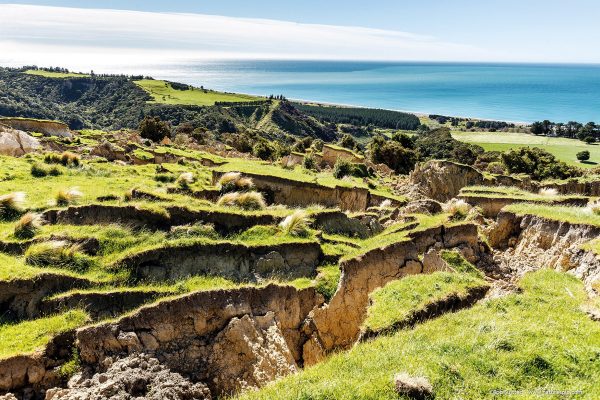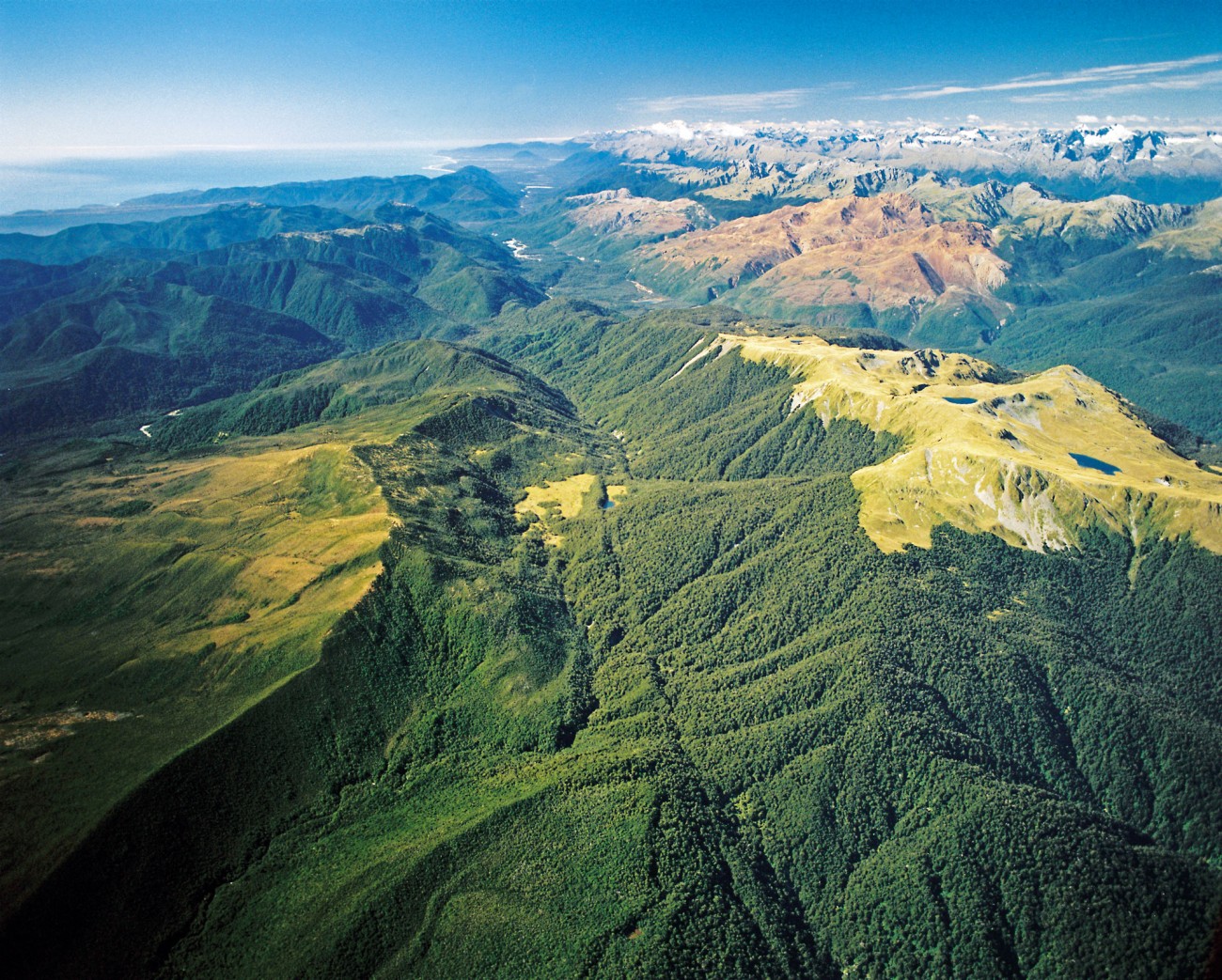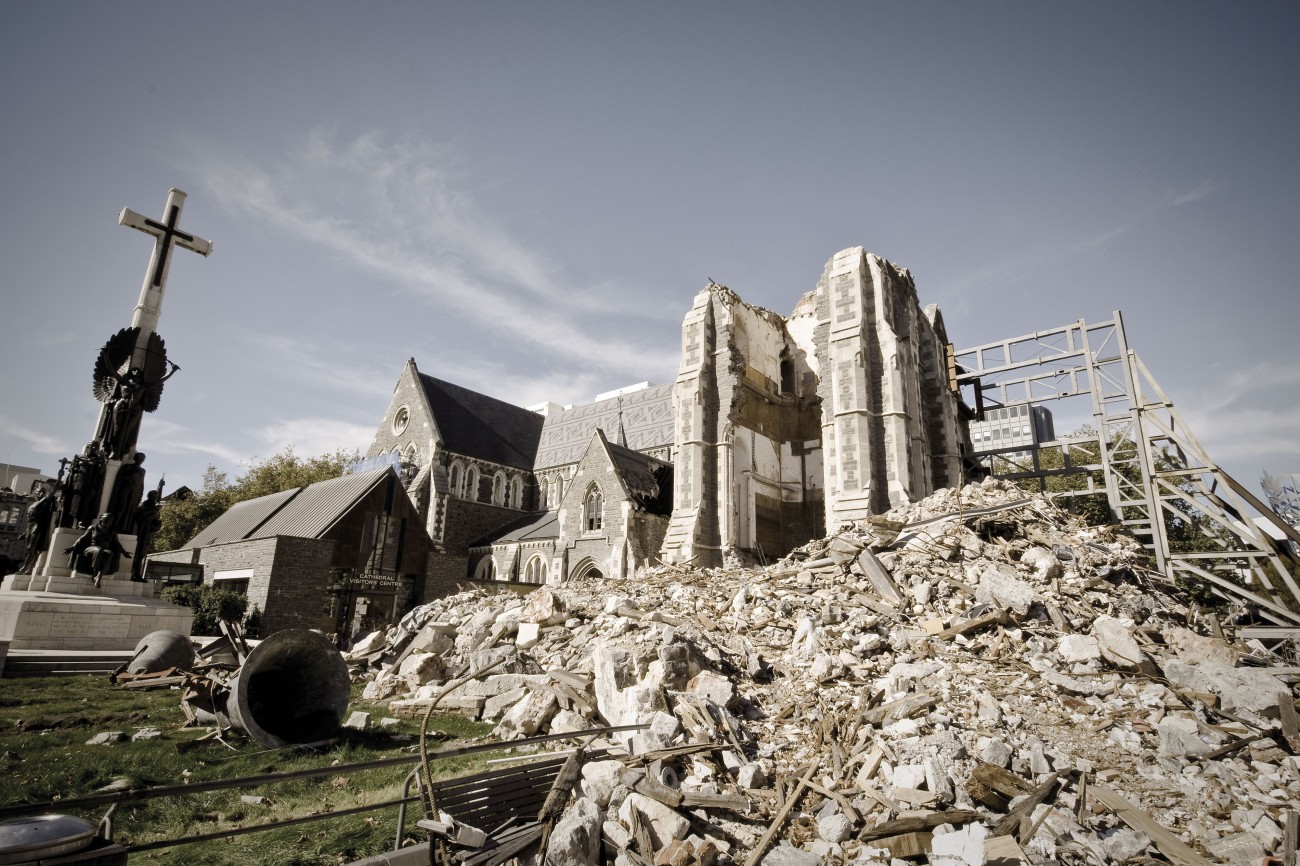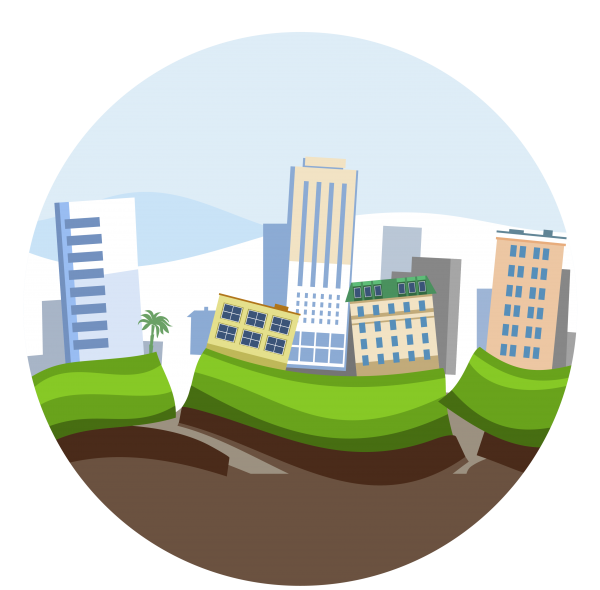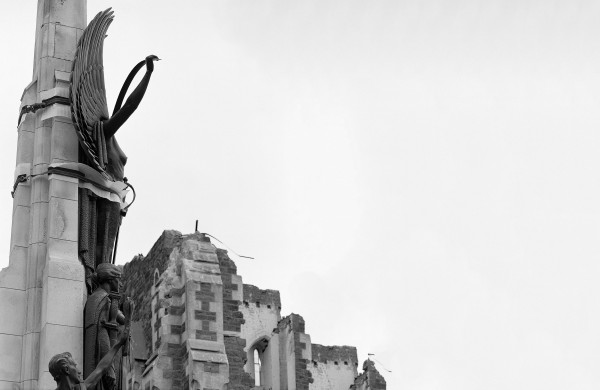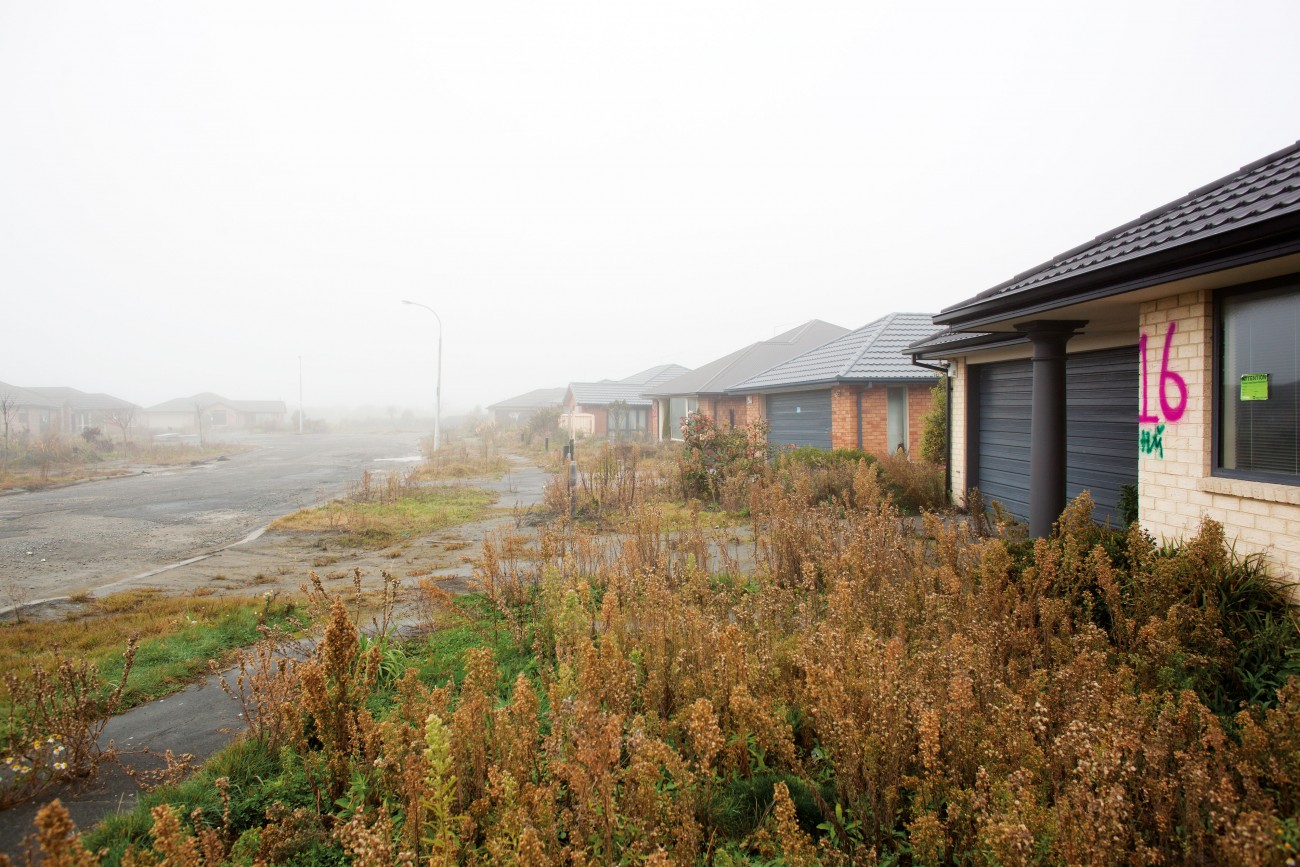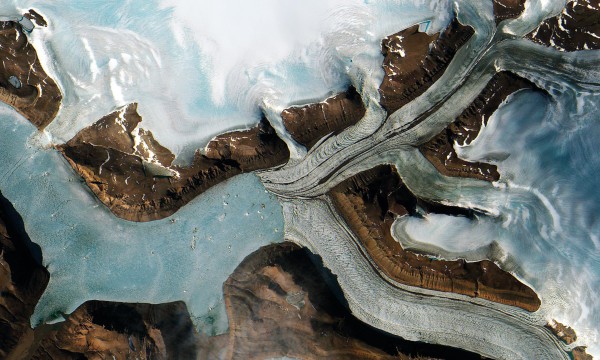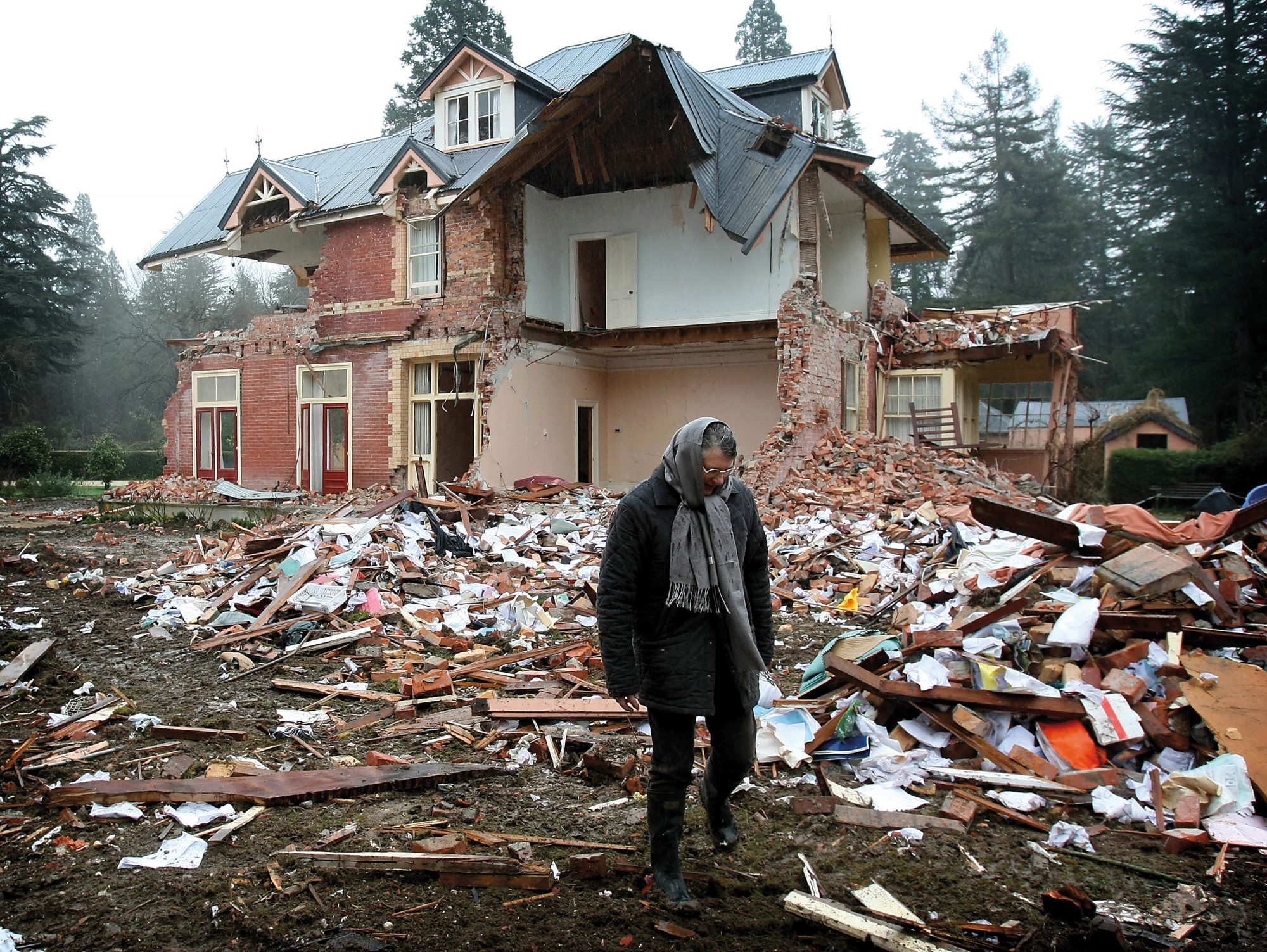
Everything we know about earthquakes
Sitting astride the Pacific and Australian plates, New Zealand is regularly beset by tectonic activity—from quiet tremors to city rattling earthquakes. Geological science can tell us much about how, where and why earthquakes happen, even if scientists are not able to predict when.
New Zealand's most endangered town
Franz Josef is a town in jeopardy—it straddles the Alpine Fault and the Waiho River, and its tourism income has cratered. Who’s responsible for moving it out of danger? And where should it go?
Ready or not
Preparing for a natural disaster has long been considered a matter of personal responsibility—but what happens to those without the finances to stockpile supplies or the physical ability to run up the nearest hill? Lessons learned during New Zealand’s most recent crises have shifted how towns and cities are building resilience. Researchers with the Resilience National Science Challenge and other agencies now believe that strong community connections will best help everyone ride out a worst-case scenario—but can we form those bonds in time for the next big one?
The greening of the red zone
During the two devastating earthquakes of September 2010 and February 2011, land in the suburbs east of Christchurch sank by a metre. What’s a city to do when an apocalyptic landscape appears right on its doorstep?
The Kaikōura Quake: Big data, new lessons
The Kaikōura Earthquake was better documented and measured than any natural event in our history. As the data streams in, scientists are scrambling to decode its hidden meanings.
Home safe home
Research on the Alpine Fault suggests there’s a high chance of a magnitude-8 event occurring within the next half century. This will cause significant damage in the area, but just as the 2016 Kaikōura earthquake had a significant impact on Wellington, it is also likely to be widely felt across the lower North Island. Some 30,000 residential chimneys in Christchurch toppled or caused damage during the 2010 and 2011 Canterbury earthquakes. Most were unreinforced concrete masonry or brick, which are common in pre-1970s homes. Chimneys are just one feature of a home we can make safer for future earthquakes. The Earthquake Commission has assembled a quickfire list of those features most
What we've learned from Kaikōura so far
Last year’s earthquake is now believed to be one of the most complex ever recorded.
Future fears: The big one
The Alpine Fault ruptures—on average—every 330 years with a magnitude 8 earthquake. Geologists and authorities are racing to quantify what might happen, and how they might respond in the event of the next one, likely to occur some time in the next 50 years.
2011 Christchurch Earthquake: Resurrection
Still reeling from the Darfield quake, an massive aftershock damaged much of the CBD in Christchurch, forcing the city to re-evaluate its future.
What Kaikoura taught us about Wellington
Seismic engineering is failing to anticipate the complexity of earthquakes.
Napier: The architecture of tragedy
In 1931, New Zealand’s largest earthquake of the 20th century shook the centre of Napier to rubble. Fires then burned much of what remained. Out of the ashes, Napier’s citizens built what they hailed as “the newest city on the globe,” modelled on the latest architectural fashions.
A heritage in ruins: Christchurch's fallen glory
The devastating earthquakes have forced a re-evaluation of Christchurch’s heritage buildings. What should be demolished, what should remain?
Audio: Kekerengu fault reveals Earth's secrets
GNS scientists - and our reporter Tracy Neal - have been getting up close and personal with the Kekerengu Fault.
2010 Canterbury Earthquake
A 7.1-magnitude earthquake ruptured under Darfield causing widespread damage. Previously unknown to geologists, the new fault also shook the scientific establishment.
Seismic toads
Employing frogs to detect earthquakes. (It didn't work.)
Remains of the day: Christchurch's Red Zone
Entire suburbs were ‘red-zoned’ after the 2011 earthquake in Christchurch. Even now, the fate of these properties and the few residents still wrangling with authorities remains uncertain.
Documentary: Mega-Earthquake
An investigation into the anatomy of an earthquake: from the science behind recent events, ramping to a mega earthquake that’s yet to happen – the Mega Disaster.
Audio: How seismic sensing works
How does the movement of the earth's crust get recorded and then broadcast as an alert to your phone within seconds? To discover how the information moves from a fault line in the South Island to your digital device we headed out with some of the team from GeoNet.
1855: New Zealand's largest earthquake
New Zealand’s largest earthquake in European times struck the centre of the country almost 150 years ago. Although the later Murchison and Napier earthquakes claimed more lives, neither created the geological upheaval wrought by the Wairarapa earthquake of 1855.
Earthquake engineering
A group of New Zealand seismic engineers has been working to make rigid structures, such as buildings and bridges, more flexible and resilient, by supplying them with “soft parts”.
Can climate change cause earthquakes?
Well, sort of. As ice sheets melt in the northern hemisphere, magma flows more readily, causing minor earthquakes, increased geothermal activity and possible even eruptions.
Audio: Giant underwater landslide
The magnitude 7.8 Kaikōura earthquake triggered a massive underwater landslide that swept down the offshore canyon system and was still flowing more than 300 km away.
Video: Wellington earthquake
A simulation of a devastating earthquake in Wellington.








